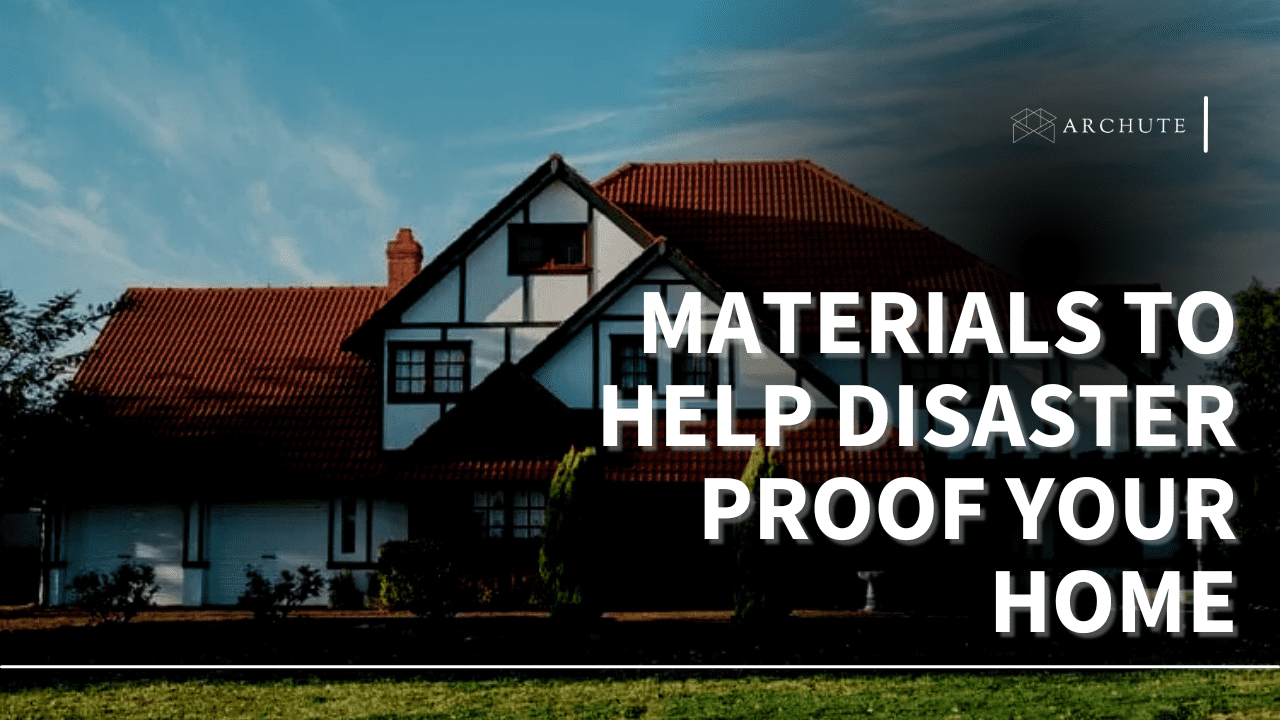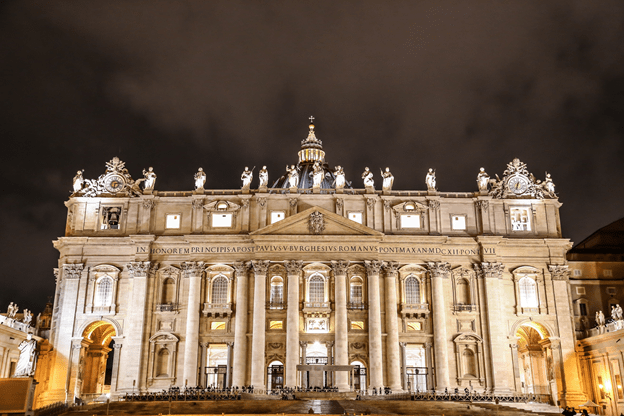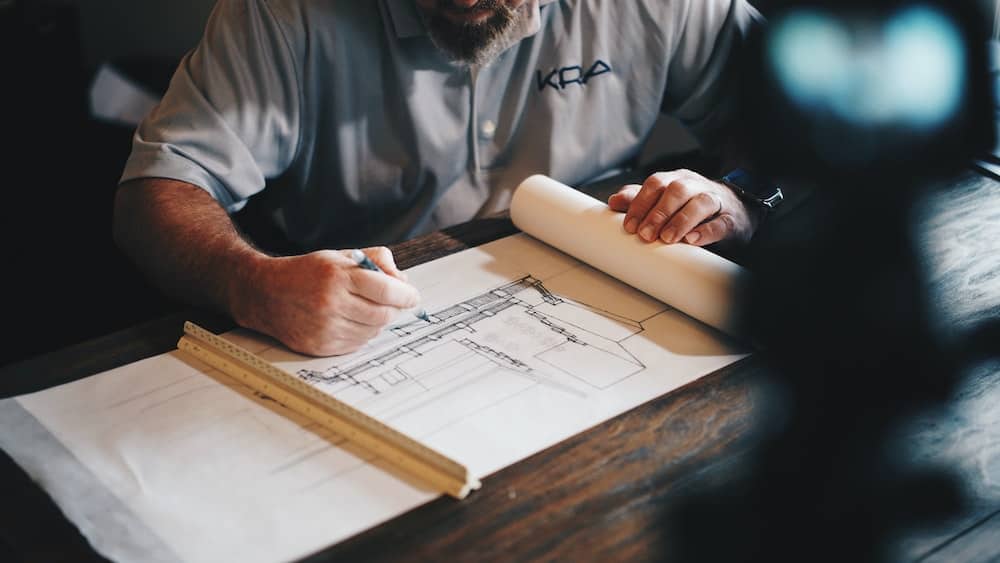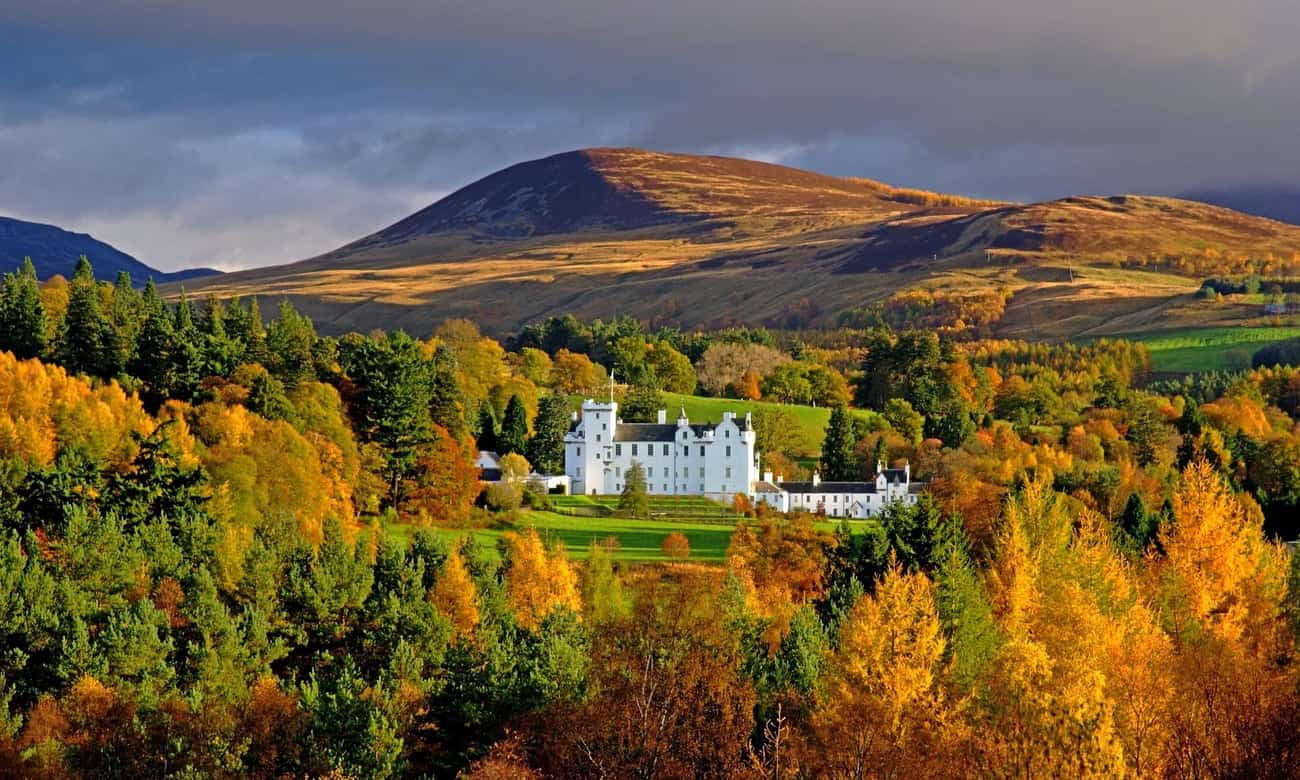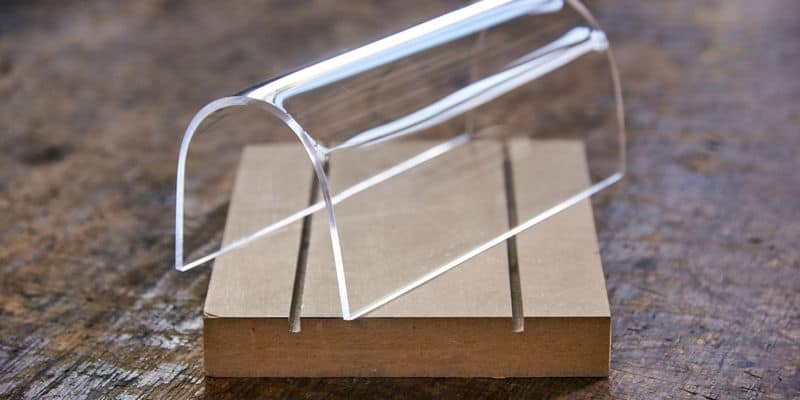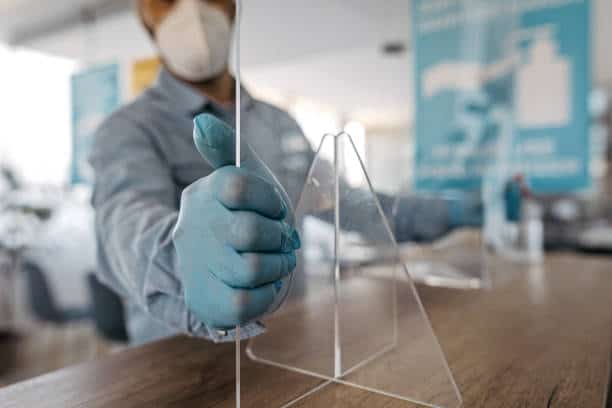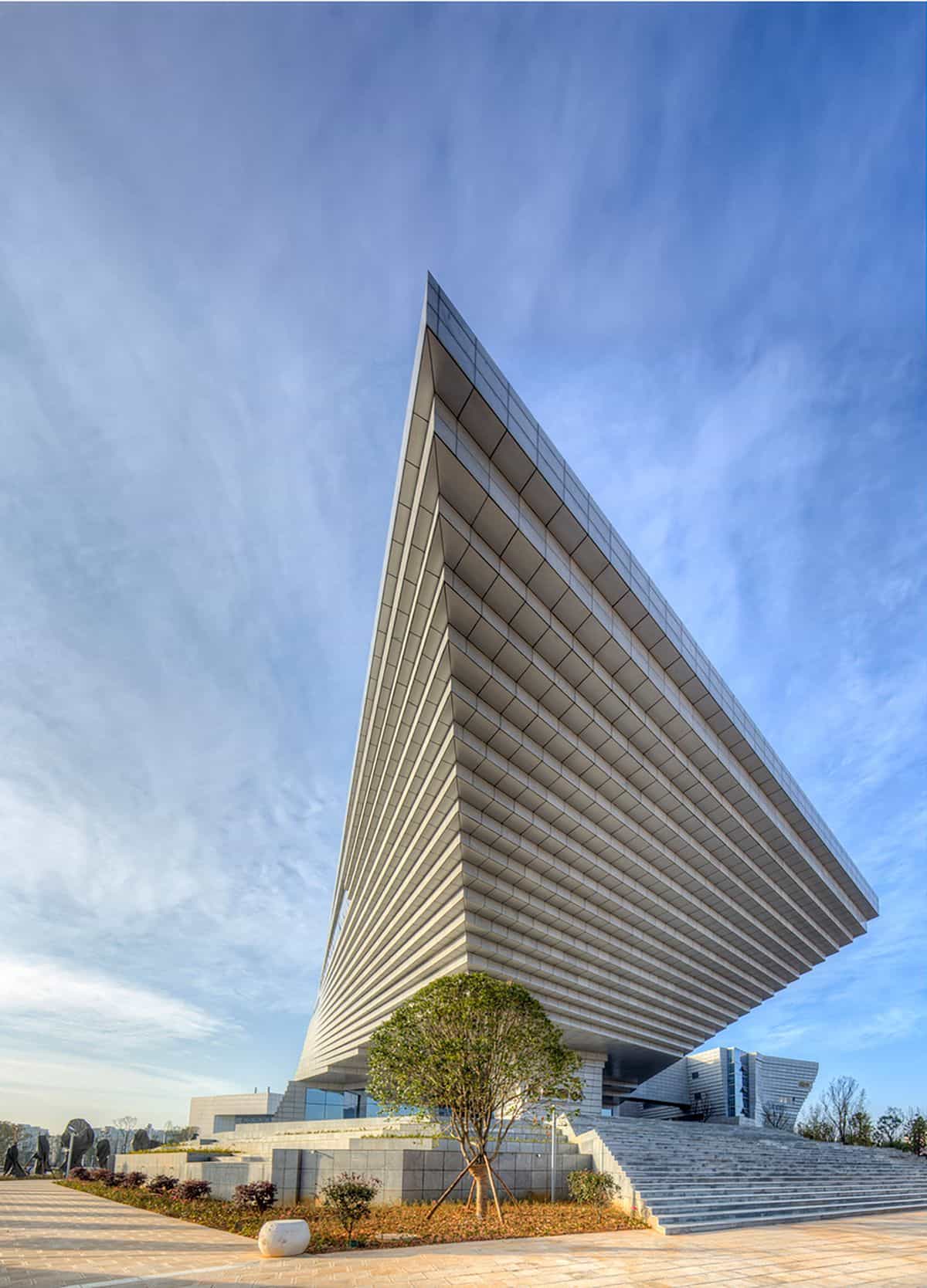In 2018, 13,900 homes were destroyed by fires in Northern California. Sometime later, the powerful category five Hurricane Michael devastated the panhandle of Florida, causing over $25 billion in damage. These are just two of the numerous disasters that can and do strike the country in a given year.
From floods and fires to earthquakes and hurricanes, it’s now more important than ever to protect your dream home with the latest building technologies. If you are about to build or renovate, check out the most innovative ways to help your home withstand some of the worst nature can bring to your area.
How to Disaster-Proof Your House
1. Interlocking 3D Panels Made From Concrete And Steel
One of the most challenging elements from which to protect your home is fire. Wildfires are almost always started by people (90% of all cases), can occur nearly anywhere, and spread fast. One of the latest assessments (the 2017 Wildfire Risk Analysis) reported that “4.5 million U.S. homes were identified at high or extreme risk of wildfire.” Although it may seem next to impossible to keep homes safe from fire, there are newer building technologies that can withstand this potential disaster.
One of the more exciting developments in this area of architecture is interlocking 3D panels made from a combination of concrete, steel, and polystyrene foam. These panels are placed and reinforced on top of welded wire truss systems.
In addition to helping a building withstand winds of 300 mph and earthquakes of up to 9.0, these panels could save a home from being destroyed by fire. When installed properly, they can protect a structure from a wildfire for a minimum of two hours.
2. Hurricane And Tsunami-Proofing
Over the last few years, major hurricanes (such as Hurricane Harvey and Hurricane Irma) have become more frequent. The hurricanes of the last several years have been some of the worst recorded natural disasters in many areas, and storms of this magnitude will likely strike yet again.
If you live on the coast, there are special structural changes that you can make to your home to give it the best chance of withstanding a category 4 or 5 storm. Companies such as SURVIV(A.L.) and Designs Northwest Architects have built entire homes and single rooms in homes that can make it through the worst coastal disasters that could occur. This includes both powerful hurricanes and tsunamis.
You can determine the chances of floods in your area by taking a flood risk assessment.

Image Credits: loveproperty.com
These structures are made possible by elevating living areas and using steel building materials. Homes built with the latest technologies can withstand winds of 150 mph and the impact of large objects.
3. Eco-Friendly Disaster Proofing
ThoseThose who wish to build a disaster-proof home using the latest eco-friendly building materials now have some impressive choices. One tiny house builder, Vagavond, constructed a home that uses only sustainable building materials, including wool and a galvalume roof.
In addition to being built with eco-friendly materials and having the capability to be self-sustaining, the techniques used make the home both fire and water-resistant. Homeowners insurance is a great way to protect your home if the disaster is larger than your mitigation plan.
While no one can prevent where and when the next natural disaster will strike, homeowners and builders can leverage the current technologies to help keep people and structures safe. In addition, The Simple Dollar has done a great guide for homeowners to prepare for severe weather seasons.
4. Storm Shutters
Storm shutters, also called hurricane shutters or coverings, are impact-resistant panels that cover windows. They prevent flying debris carried by high winds during hurricanes from bursting into your house and causing physical harm or destruction of property.

Image Credits: stormsolutions.net
These shutters protect your home from wind damage because dangerous projectiles can shatter windows and spread broken glass all over your floor. This means installing storm shutters can reduce the risk of injury when handling broken glass.
5. Impact-Resistant Windows
You can never be too safe when it comes to natural disasters. As such, you can get impact-resistant windows and hurricane shutters for an extra layer of protection.
Remember that once strong winds break through into your house, the pressure change can affect the structure’s strength. If the pressure builds up inside the house, it can blow out the roof from within and expose you and your family to the storm.
An impact-resistant window can ensure a reduced chance of property damage and physical harm during severe weather.
6. Reinforced Doors
Another thing that you can do to protect your home from disaster is to get reinforced or hurricane-proof exterior doors. It’s crucial for the doors leading outside to be strong enough to withstand the powerful bursts of wind during a storm. These doors are made of resilient materials like aluminum, steel, and vinyl.

Image Credits: oceanimpactwindows.com
Reinforcing your garage doors with bracing from inside the home will help support your barrier against high wind. This will ensure you can safely store your patio furniture and other outdoor items you value. Residents of Florida, Texas, North Carolina, South Carolina, Louisiana, and similar states should invest in reinforced garage doors.
7. Fire-Resistant Materials
Numerous locations in the country are prone to wildfires during droughts. If you live in such areas, it’s essential to use fire-resistant materials in the construction of your home. One of the materials you can use to coat your house exterior and protect your home from fire is fiber cement. It’s strong, durable, low-maintenance, and fire-resistant.
Stucco is another fire-resistant material thanks to its components which include cement, sand, limestone, and water. You can use it to coat your outer walls or the ceiling to prevent fire from spreading. If you are willing to go the extra mile for safety, you should use fire-resistant wood like ironwood.
8. Steel Frames
Typical houses feature a wooden frame that isn’t strong enough to hold the cabin in place when strong winds and water beat against it. Steel frames are a more reliable option because of the density and resilience of the material. You can count on a steel house to withstand earthquakes.
Houses built with a steel frame have useful qualities like fire resistance, cost-effectiveness, and durability. It’s the best material for a sturdy house frame that can hold up against the vibrations of an earthquake.
9. Anchor Bolts
As a ship anchor is used to keep the vessel in place when the waters rage, anchor bolts keep your house tethered to the foundation. Anchor support technology works by keeping the structure attached to its foundation. As a result, the house will not be moved out of place when it’s pushed by winds, water, or other natural forces.

Image Credits: angi.com
One bolt end goes into the concrete, while the other threads through the steel frame. Anchor bolts are among the best technologies for protecting your home from earthquakes.
10. Floodwalls and Seawalls
Floodwalls are concrete structures you build around your residence that are a physical barrier to rising water levels. These walls don’t have to interfere with the general aesthetic of your home, so you shouldn’t worry about how they’ll look. Floodgates go hand in hand with floodwalls to ensure you can control water flow.
When disaster strikes, you should use precast concrete connectors to make raising or lowering the floodgates easier. Seawalls are like floodwalls but are exclusive to areas close to large water bodies like oceans, gulfs, or seas. These manmade concrete slopes keep rising water levels from causing damage to buildings.
11. Non-Paper-Faced Gypsum Boards
Moisture-resistant gypsum boards are among the best materials to help disaster-proof your home. Also known as drywall, gypsum is excellent for the ceilings, walls, and indoor partitions of your home. Since the material is water-resistant, you can rest easy knowing that even if waters seep into your home, they won’t cause structural damage.
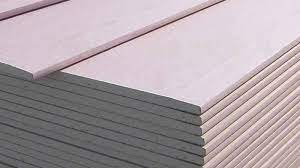
Image Credits: techandmat.com
Because of gypsum’s fire-resistant properties, it’s among the materials that can prevent wildfire damage from spreading across your house. This versatile board is an excellent choice for water and fireproofing homes.
12. Terrazzo Tile Flooring
Have you heard of floodproof flooring? If not, you are in for a treat! Most floorings like wood, ceramic tiles, and carpet will sustain damage when exposed to water for a long time. However, terrazzo tiles are the perfect solution because they are waterproof.
These tiles are also low-maintenance and stain-resistant, in addition to being durable. If you don’t want the hassle of replacing your floors after a flood, you should get terrazzo flooring for your home. It’ll be ideal for areas prone to hurricanes, tropical storms, and other water-related disasters.
13. Sewer Backwater Valves
One of the challenges you’ll experience when there are floods is with your sewer system. During heavy rains and floods, the sewers can quickly get clogged; once this happens, sewage can seep back into your home. If you think dealing with water damage is hard, wait until sewage starts backing into your home.
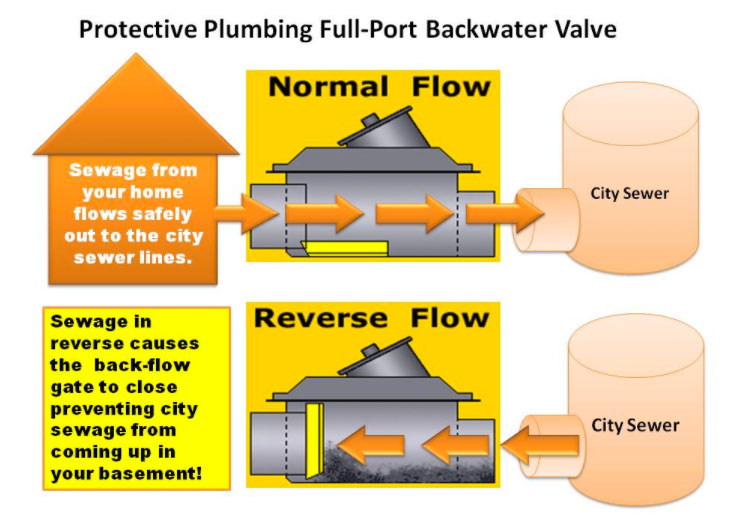
Image Credits: francisplumbing.com
Installing a backwater valve into the sewer line is the best way to avoid the stink and disgust of cleaning up sewage. If wastewater gets into your carpet, furniture, and other household items, replacing them might be easier than cleaning out the stench. So, to avoid those expenses, you should get these valves to ensure you are safe from backflowing water. Here are some more tips on how to prepare for floods.
14. Earthquake Dampers
Also known as seismic dampers, these devices are designed to absorb the vibrations that come from earthquakes to reduce the impact to your house. These dampers exist in different types and are among the best materials to help disaster-proof your home.
Seismic dampers convert the vibrations into heat using a hydraulic system and dissipate it. Installing an earthquake-dampening system can be a lifesaver. Additionally, it prevents the structure from sustaining as much damage as it would if you didn’t have a damper.
15. Concentrically Braced Frames
Another technology that can help you stay safe during natural disasters is a braced frame. The frame features concentric braces with diagonal steel bars across the length. It’s a popular choice for low-rise buildings and provides lateral stability preventing the structure from swaying in high winds or earthquakes.
Types of Natural Disasters You Should Prepare for
Various natural disasters hit the U.S. at different times of the year and locations. Here’s a quick guide to the natural disasters you should prepare for.
1. Tornadoes
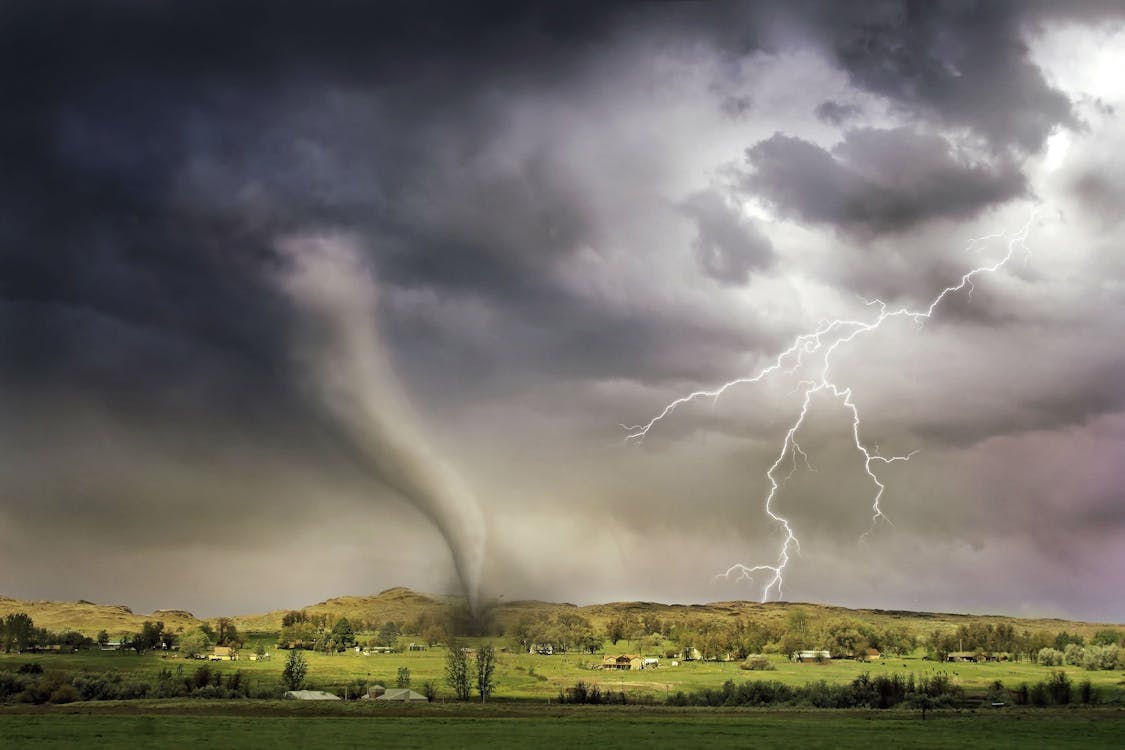
A tornado is a destructive and mobile column of air that rotates. Its top is usually in the clouds, and its base touches the ground. Tornadoes are among the most violent storms you can encounter. Some of the areas that frequently get tornadoes include:
- Texas
- Kansas
- Florida
- Oklahoma
- Iowa
- Colorado
- Illinois
2. Hailstorms
A hailstorm is like a regular storm, but instead of rain falling from the sky, it’s small balls of ice. These tiny projectiles’ velocity is enough to crack glass or cause bodily injury. Areas where hailstorms are common include:
- Wyoming
- Colorado
- Nebraska
3. Hurricanes
A hurricane is a tropical storm or cyclone system characterized by a rotating system of high winds and heavy rain. People living in areas prone to hurricanes should get flood insurance. You can expect this type of natural disaster in places like:
- Florida
- Louisiana
- Texas
- Alabama
- North and South Carolina
4. Volcanic Eruptions
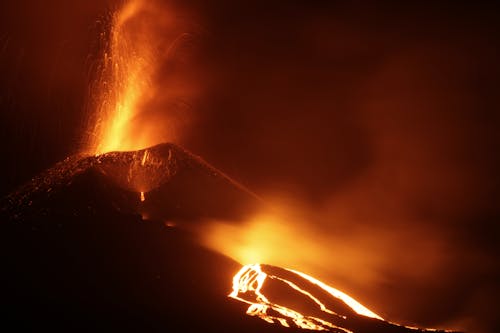
A volcanic eruption releases lava and gas from a volcano into the atmosphere. Sometimes, these eruptions are non-explosive, but other times, the blasts throw molten rocks and dangerous fumes. Volcanic eruptions can cause loss of life, property damage, and air pollution.
States with the largest number of active volcanoes in the U.S. include:
- Hawaii
- Alaska
- California
- Oregon
- Washington
5. Wildfires
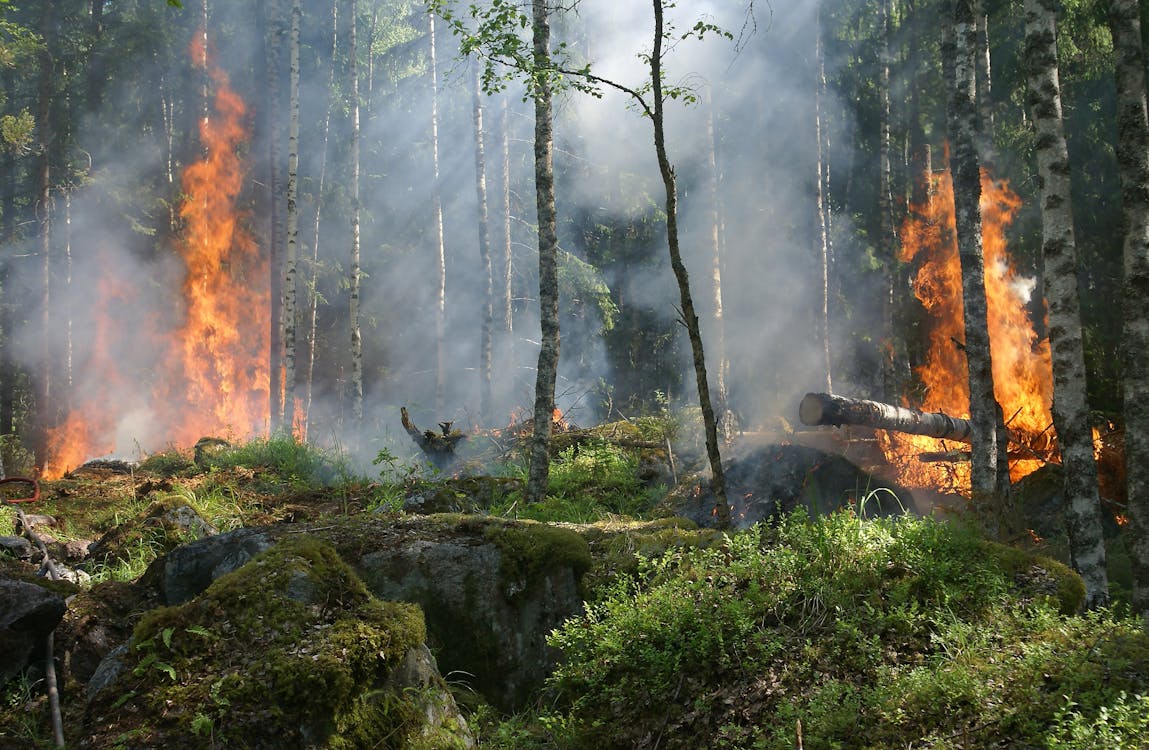
A wildfire is an unexpected fire outbreak in natural landscapes like forests or grasslands. The cause of these fires can be traced to natural phenomena like lightning but are sometimes caused by human activity. The following states record the highest number of wildfires in the U.S.:
- California
- Arizona
- Oklahoma
- Washington
- Colorado
- Idaho
6. Landslides
Alternatively, landslips are a type of natural disaster where a large mass of land or rock falls down a slope. The most common source of landslides is disturbances to a slope caused by human activity or other natural disasters like floods, earthquakes, or volcanic eruptions.
Some of the areas to expect landslides include:
- California
- Oregon
- Washington State
- Alaska
- Hawaii
7. Tsunamis
A tsunami is a giant sea wave that surges toward the land. It’s usually caused by underwater disturbances like earthquakes and volcanic eruptions deep in the ocean. Large tsunamis can be devastating to people, properties, and entire economies.

Image Credits: nbcnews.com
Examples of places that can experience a tsunami include:
- Alaska
- California
- Hawaii
- U.S. Virgin Islands
- Washington
8. Earthquakes
An earthquake is a natural disaster that shakes the ground because of seismic waves caused by the movement of the earth’s crust. Earthquakes are also caused by volcanic activity. The areas most likely to be affected by earthquakes are:
- Alaska
- California
- Hawaii
- Washington
- Nevada
Conclusion
The U.S. is home to various disaster-prone areas. It’s not always possible to tell the next time a disaster strikes, so you should take proactive measures to protect your home. Building your home with materials that resist the destructive effect of natural disasters will go a long way toward ensuring your safety and preventing the destruction of property.

